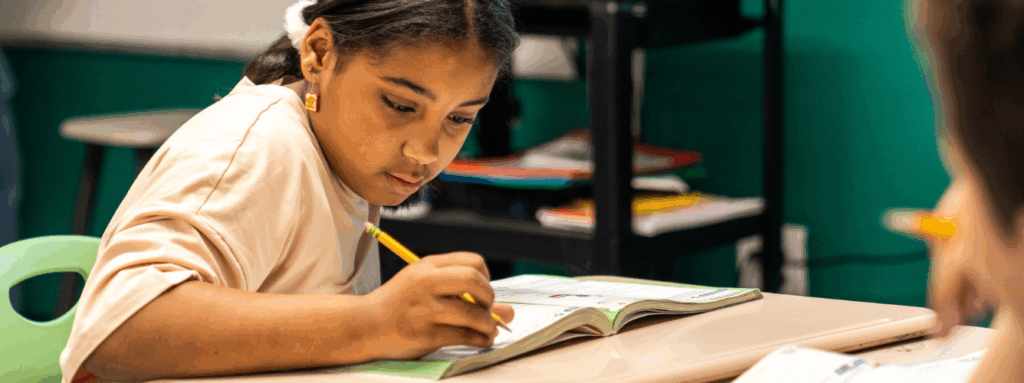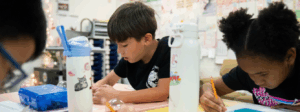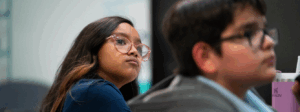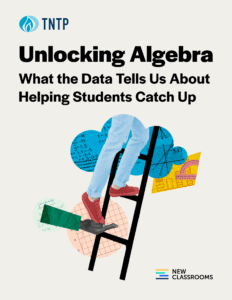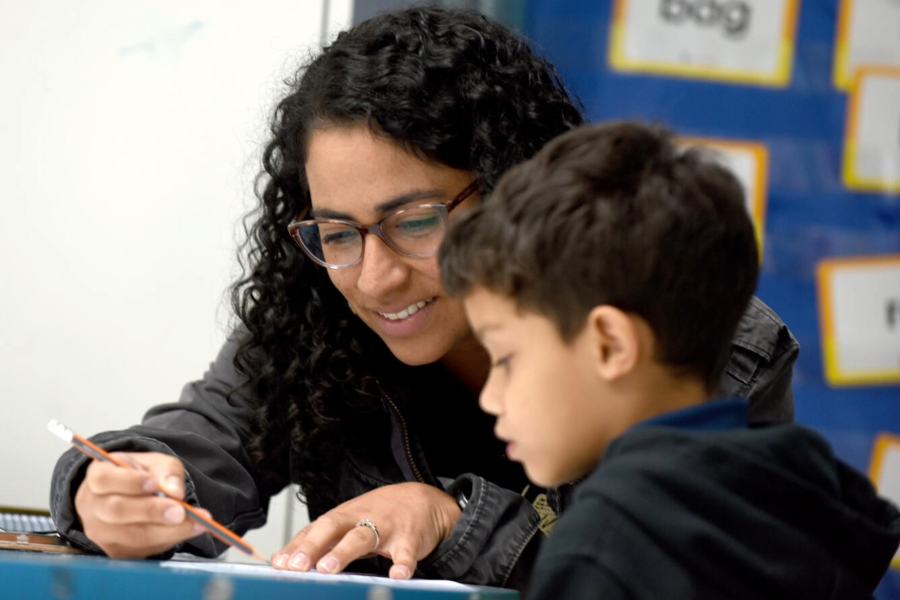Despite widespread support for science-backed practices in reading instruction, literacy rates among elementary students vary from state to state, district to district, school to school. Ensuring all students can read on grade level undoubtedly requires supportive policies for evidence-based curricula that already exist and are proven to work. But to address the persistent gap in literacy among young learners in this country, we also need thorough, thoughtful, and coherent implementation of those policies and practices, or our students who have fallen behind will stay behind. Reading on grade level has a lifelong impact on young people’s access to education, job opportunities, and social mobility.
Instructional coherence requires coordinated efforts across classrooms and learning contexts—Tier 1 coursework, tutoring, and at home. One essential ingredient that drives improvement both in teacher practices and student outcomes is instructional coaching.
The Missouri Rural Schools Early Literacy Collaborative offers a model of coherence that supports the full ecosystem of early literacy instruction. It encompasses a three-pronged approach:
- Training teachers and leaders on best practices in early literacy instruction
- Partnering with higher education institutions to develop a state-wide recognized literacy coaching credential
- Collaborating with state leaders at the Department of Elementary and Secondary Education to scale the program in regions across the state
This model, created in collaboration with TNTP, provides training for literacy coaches and reading specialists over a three-year period. Coaches in turn support teachers with a strong pedagogical foundation, high-quality instructional materials (HQIM), and a focus on continuous improvement for long-term sustainability.
After the first year of coaching support in kindergarten and first grade in these Missouri schools, the change in young readers’ skills is measurable and striking. In Rolla Public Schools, over 94% of students demonstrated year-long growth. In Dent-Phelps R-III, the percentage of students reading at grade level soared from 25.5% to 89.4% between fall and spring.

At Newburg Elementary School, 100% of kindergarten and first grade students demonstrated growth on reading assessments, and on average those students made gains that more than doubled typical annual growth.
We must take a holistic approach to improving literacy for all students in every district, across every state. The Missouri Rural Schools Literacy Collaborative is a shining example of the accelerated progress that is possible with instructional coaching, coherent support, and thorough implementation of science-backed principles and practices.
Looking to strengthen instructional coherence and literacy instruction in your school system? Contact TNTP to learn more.
